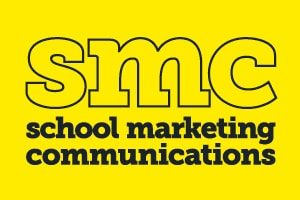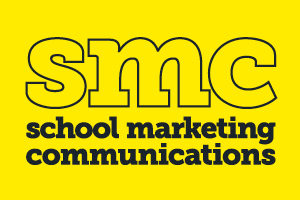Copywriting is an art that offends the sensibilities of academic writing. That can present unique challenges for education marketers who live in an academic world. To help out, here’s a cheat sheet on what copywriting for education marketing should look like.
Copywriting shares a lot in common with content writing. It’s airy, conversational and informal. But the main distinction is in their objectives.
Content writing objective: build your education brand by attracting and cultivating prospective students or donors.
Copywriting objective: persuade prospective students or donors to take a specific action.
Just like content writing, copywriting is a tactic used within the larger strategy of inbound content marketing to accomplish the ultimate goal of moving your school towards its institutional goals.
Made for each other
Content writing attracts and nurtures prospects throughout your enrolment or gift-cultivation cycle.
Copywriting should be used each time you need your prospect to move from one stage of the cycle to the next.
The ultimate goal of copywriting is to ‘convert’ or persuade your audience to a specific action.
Content marketing will not work without strategically placed, well-written copywriting. Without it, your audience will not be moved to do anything. Having a content marketing strategy without copy is like publishing an encyclopedia. Great content, but no conversions.
Copywriting without quality content pieces will come across as ‘salesy’, pushy or untrustworthy. Copywriting without great content is like pressuring a person to buy a new car without giving them a test drive first. Suspicious …
So, let’s talk about the elements of copywriting for education marketing, an art that’s even further removed from the formality of academic writing.
Copywriting elements
1. Audience focused
Everything begins and ends with your target audience. Of course, there are the pre-writing questions you should answer before writing like:
What do they want?
What is in their way?
What questions do they have?
And in copywriting, it’s about your audience, so address them directly. Use a lot of the second person singular ‘you’ as if you were writing to a friend about their desires, questions and challenges.
2. Clear
In copywriting, you have one clear call-to-action for the audience. Copy is direct and transparent about what it is asking the audience to do. The art of copywriting is being clear about your request of the audience without pushing, coercing or misleading. Being pushy or making extravagant claims will come across as ‘salesy’ and never works.
3. Emotive
Successful copywriting identifies the emotional challenges that confront your audience as it considers your area of education. When writing about adult education, we identify with such emotions as concern over balancing ongoing education and raising a family or frustration with a dead-end job.
Reader beware! The emotional element of copywriting makes it hard to use for many educational institutions. The raw emotion of copywriting is different from the objective, neutral language of academia.
However, research shows that all of us — including those with PhDs — make our decisions for emotional reasons. So resist the temptation to strip your copy of its emotive content.
4. Hopeful
After identifying with the audience’s emotions, copywriting positions the desired action as the solution to the problem. When you write copy, you have to describe how the action will bring a solution to the problem for your audience.
For example, if you are writing copy for a landing page, you’ll want to identify the emotions around making a school purchase decision. Possible emotions include excitement, anxiety, confusion, feeling overwhelmed or proud.
Your copy should then show the audience how your white paper, ebook, case study or other offering is going to address their feelings (negative or positive) by giving a solution — an answer — through the information they receive by signing up for your content. If, for example, they sign up for your enewsletter by downloading your ebook on financial aid, their anxiety over money will be swept away by their newfound information on all the potential aid options available.
You need powerful copy
When you write powerful copy for a landing page, you may get pushback from your academic reviewers from time to time.
But remind your colleagues of just how important this tactic is to the success of your inbound marketing strategy. Show them examples of other schools like yours who have well-crafted copy on their marketing materials.
Your school needs powerful copy, too.
Landing pages, email and direct mail copy are all critical elements of your work to move your educational institution forward.
By mastering the art of copywriting, you can serve your target audience by bringing them to some of the best decisions of their lives, like going to your school.







